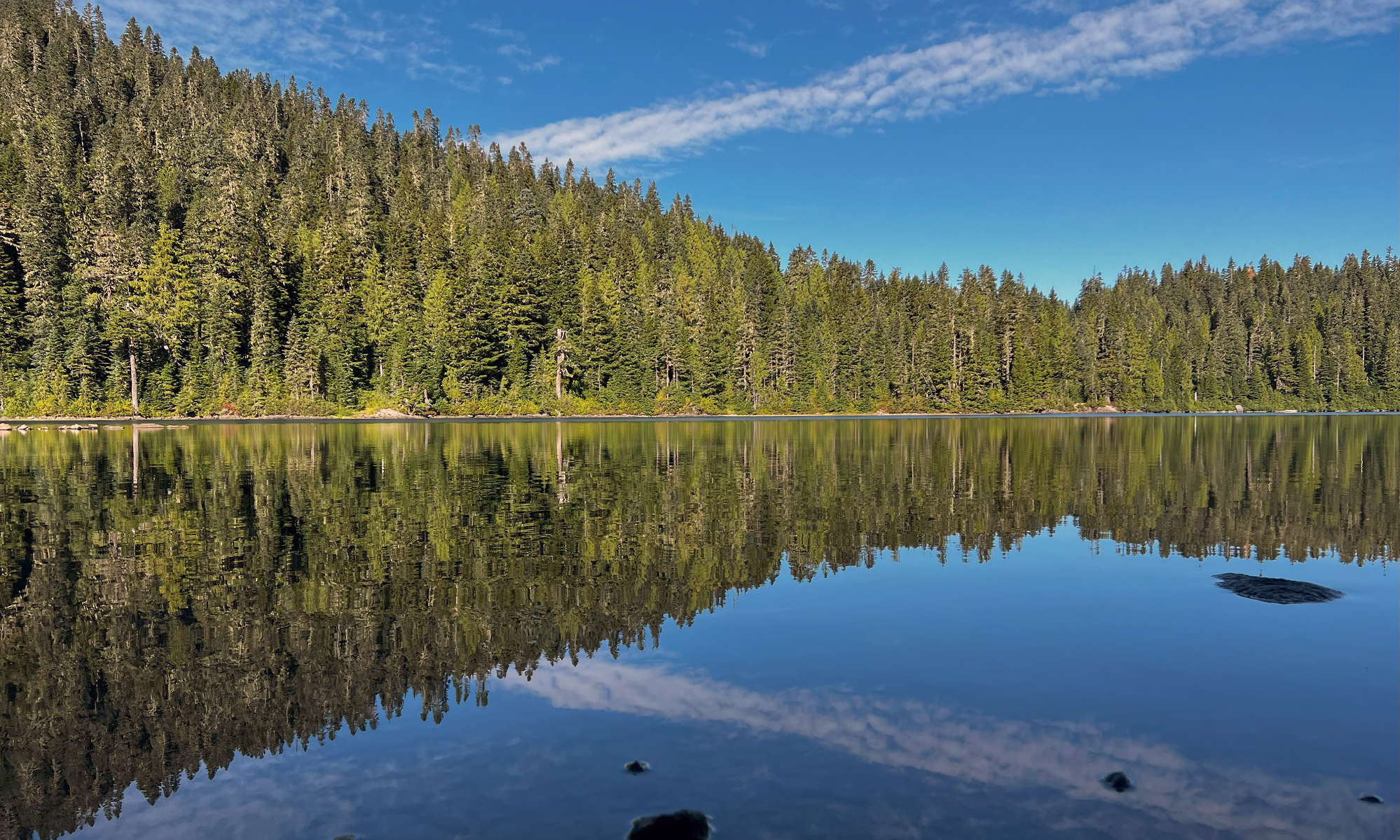The $10-billion James Webb Space Telescope (JWST) is on its way to Earth’s second “Lagrange point” (referred to as L2). It should get there in 26 more days. After that, it will be 5 more months before we will hopefully start to receive images from the telescope. (The temperatures on the telescope have to stabilize, and it has to be calibrated).
L2 is theoretically a point in space. In practice, it is a region some 500,000 mi (800,000 km) wide, in which objects can maintain a stationary position relative to Earth, with the barest minimum of propulsive force needed to keep them there.
The illustrations and explanation below are from Scientific American.

My note: Earth will always be between JWST and the Sun, shielding it with what is called Earth’s magnetotail (the broad elongated extension of a planet’s magnetosphere on the side away from the Sun). The moon, of course, will still orbit Earth as it always does. (On the graphic, the moon’s current position just happens to be between JWST and Earth).
From Scientific American:
The most ambitious space telescope built to date is about to start peering at the universe through infrared eyes. The $10-billion James Webb Space Telescope (JWST) is designed to see farther back in space and time than ever before, where light has been stretched by the expansion of space into much longer wavelengths. To see this faint light, the telescope must observe far from Earth and its contaminating light and heat. After launch, JWST will travel 1.5 million kilometers to Earth’s second “Lagrange point” (L2), a spot in space where the gravitational forces of our planet and the sun are roughly equal, creating a stable orbital location. This vantage point will allow JWST to orbit with its giant sunshield positioned between the telescope and the sun, Earth and moon, shielding the telescope and keeping it at a frigid –370 degrees Fahrenheit (-223 degrees Celsius).

